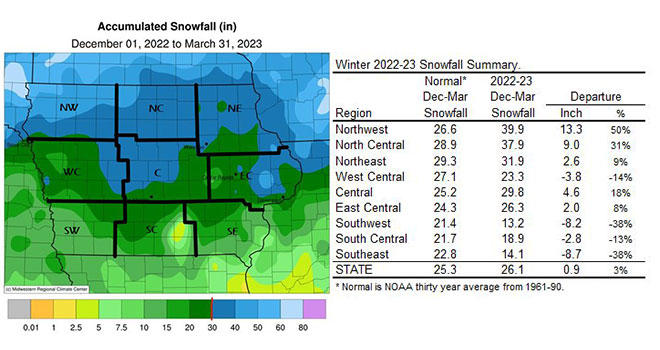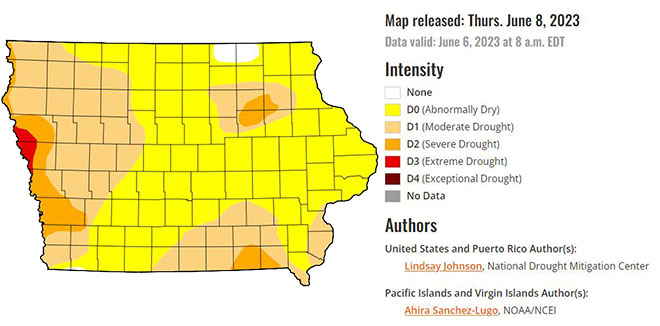By Scott Linden
Phasianus colchicus took the Midwest by storm a hundred years ago, and the ring-necked pheasant
is still the king of game birds for most hunters. We roam the
mid-section of our vast nation in search of the elusive ghost of our
dreams. And while getting there may be half the fun, being there is when
the rodeo really begins.
Where To Find Public Land Pheasants
The
Cheshire Cat in Alice in Wonderland said it best: “If you don’t know
where you’re going, any road will take you there.” How do you navigate
the millions of acres of public land
and walk-in ground just waiting for you to drop the tailgate and unclip
your dog’s leash? Rather than wandering, perplexed as a hunter on Rodeo
Drive, here’s how to map out your pheasant quest.
It starts with a
destination, dictated in large part by how far you’re willing to
travel. If you know how to read, you’ve already got an idea of where you
want to go. Each region has sweet spots handed down from father to son,
shared by multi-generational groups and “discovered” by newbies dazzled
by clouds of birds darkening the sky at the end of a cut-cornfield
drive. My revelation came at the nub of an ancient shelterbelt in South
Dakota. It was being pushed by two friends while I shivered, hopes high
and temperature low. Out of the mist rose a mob of what I thought were
blackbirds they were so numerous, until a roar of wings and telltale
cackles broke the still air.
I missed twice, shook my head,
reloaded and dropped a late riser whose technicolor pelage vibrated
against the pristine snow even when stilled by my shot. That was a good
year, but even a bad year in South Dakota is better than most other
places combined.
Other states have their proponents and having explored them all after
three decades roaming public land, I understand the allure of each.
Northeast Montana, Iowa, Nebraska, and western Kansas are all strong
contenders for the bronze and silver medals. Not coincidentally, most of
those states have sophisticated public-access initiatives to help
hunters chase ringnecks across vast prairies and through shin-tangling
thickets. “Walk-in” programs are the golden key that unlocks the door;
start your quest there, long before you fill the tank and crate the dog.
Dickinson
and Mott, North Dakota are worth your attention. They’re lower-key,
smaller towns with fewer amenities than most, but surrounded by public
access. Williston’s oil boom has subsided and lodging options are
myriad. The rolling hills beckon, if you don’t mind the mix of drilling
and development alongside your new favorite cover. Plentywood and other
small towns in northeast Montana along the “High Line” are also on my
radar. Western Kansas towns including Norton, Goodland, Jetmore and
Osborne are podium-contenders, offering a 365-day license bargain and
warmer late season weather.
Like the Oscars, I’m saving the best
for last, but the supporting cast of South Dakota towns east of the
Missouri River offer plenty of opportunity. Watertown, Aberdeen,
Brookings, and Redfield welcome hunters and have plenty of public
access. South Dakota counties with the highest pheasant harvest numbers
include Brown, Beadle, Brule, Lyman, and Spink. Each has charm, varied
habitat, and sometimes, more than you bargained for. Circumnavigating a
small pond near Watertown, my dog’s GPS collar sounded “point.” The
cattails were so thick I had a hard time seeing him, quivering,
literally at my feet. The wirehair’s hunched-up posture should have
alerted me—he had pointed a raccoon. Everyone came out of that tussle
unscathed; another bird soon filled my vest, and all was right in the
world once again. We celebrated with a visit to the Terry Redlin museum.
I’ve shot (and missed) birds near every town and in every county on this
list and can honestly recommend any of them. But for me, Huron, South
Dakota is Ground Zero for ringnecks. Along with high harvest numbers (10
birds for an average 4.5 days hunted in pandemic year 2020), Beadle
County’s seat has an ace up its sleeve: 124,000 acres of public access
within 60 miles. It’s at a nexus of federal, state, and private land
open to hunters. There’s a diverse mix of habitats from tall-grass
prairie to marsh, shelterbelts to creek bottoms and cropland. Add
creature comforts including retail, restaurants, campgrounds and hotels.
The gravy on your spuds is a savvy- yet-small-town culture that
embraces pheasant hunting, visiting hunters, and their economic
benefits. They even celebrate every November with a Ringneck Festival and Bird Dog Challenge,
should you want a little friendly competition and camaraderie. There is
a sense of community not found in bigger towns and urban centers—a
breath of fresh air many of us seldom get in the workaday world.
Read the rest of the Gun Dog Magazine article including topics:






